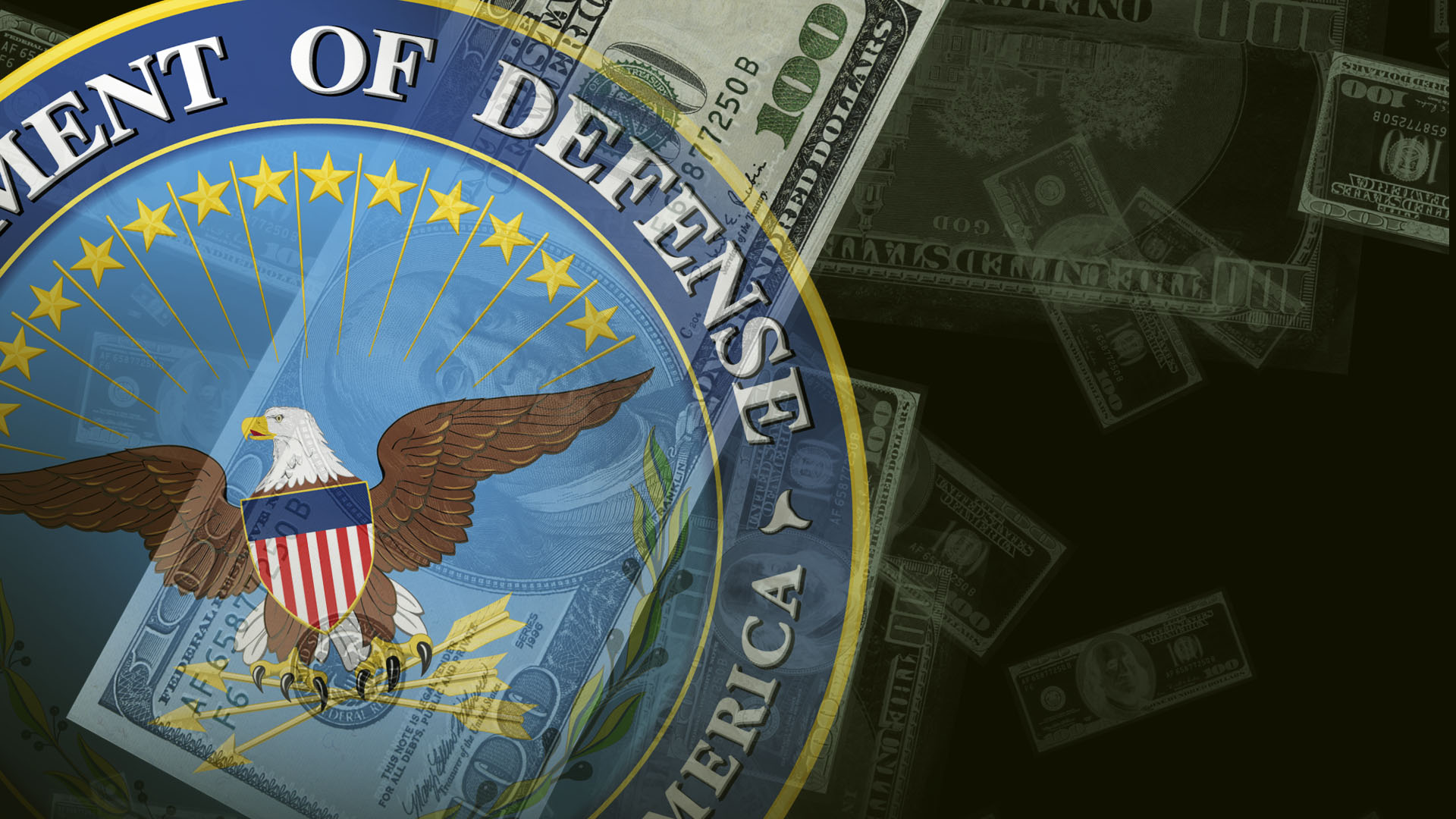
In 2019, the United States spent $686 billion on the Defense Department, including appropriations for unanticipated operations.[1] That was more than the combined total of the next six countries in the world—China, Saudi Arabia, India, France, Russia, Britain, and Germany.
By Gregory F. Treverton
NOTE: The views expressed here are those of the author and do not necessarily represent or reflect the views of SMA, Inc.
Moreover, the Defense Department figure does not include other spending on the military, the largest of which was the Veterans Administration (VA), at $201 billion. The Department of Energy spent $15.2 billion on nuclear weapons and reactors, and the public figure for the non-defense intelligence agencies, like the CIA, comes to $60.2 billion. Depending on how much of the last category were included, total spending on defense for 2019 was somewhere between $902 and 962 billion, and that still entirely excludes the Department of Homeland Security or the FBI.
Why is the number so big, especially relative to the next six major powers? When I ask military experts, I usually get some combination of two answers. One is that accounting differs across countries, and some don’t count what we would think of as military spending, yet as the VA example indicates, we routinely make similar exclusions. The other more to the point is that America’s infrastructure of defense is vast, including alliances, security guarantees and a far-flung network of bases and facilities. The United States is committed by treaties to the defense of 51 nations across four continents. Outside of treaties, it has close security relations, sometimes involving troop deployments, in a number of countries. A starting list would be Taiwan, Israel, Saudi Arabia, Iraq, Afghanistan, Jordan, United Arab Emirates, and Qatar.
In one recent count, the United States had 38 named military bases abroad, while China had one or two! By another count, which included “lily pads”—facilities abroad with fewer than 200 U.S. personnel—the U.S. total came to 800 in 2014, at a total cost ranging up to $200 billion.[2] Given its commitments and its interests, the United States military also has to prepare for a range of missions from responding to a Chinese attack on Taiwan to delivering relief supplies to Haiti, and everything in between.
Mr. Trump is not the first president who wanted to reduce American deployments abroad, and he surely won’t be the last. One president I worked for, Jimmy Carter, sought to take some U.S. troops out of South Korea but was persuaded not to by his intelligence experts. No Cold War president wanted to take U.S. forces out of Europe, but some members of Congress, like Senator Mike Mansfield (D, MT), did. (Younger readers may need to Google to recall when, yes, Virginia, the United States actually had a semi-functioning Congress.)
Presidents responded to this Congressional pressure in two ways. One, then as now, was money. In those bygone days, the immediate concern—not so different from Mr. Trump’s—was the balance of payments, so the U.S. government put pressure on, especially, Germany—where the bulk of U.S. troops were garrisoned—to “offset” the foreign exchange costs of stationing American GIs there. It was mostly a shell game for the benefit of Congress. If the troops had been pulled out of Germany and returned to the United States, some foreign exchange might have been saved, but defense spending would have been reduced only if the troops were removed and demobilized. Indeed, the troops might have cost more in the United States to the extent that new facilities had to be built for them.
The other response of the executive branch was negotiations, the Mutual and Balance Force Reduction (MBFR) talks with the Soviet Union and its allies in the Warsaw Pact (Googling again perhaps necessary). Those, too, were a shell game designed for Congress: why would we unilaterally take troops out of Europe when we could bargain for Soviet reductions in the process? The negotiations were intended to go exactly nowhere. It was only a shell game. (Indeed, I felt a little sorry for our negotiators, who naturally wanted to negotiate. I also felt sorry for Soviet listeners who might have tapped out phones. Since this was the 1970s, secret scrambler phones were clunky, so we cleared secret cables to our MBFR delegation over open phone lines, in the process treating those poor Soviet eavesdroppers to mind-numbing debates over whether “would” in paragraph 3 on page 15 should be changed to “should.”)
If this ancient history has any relevance to the future, it is this: our allies and friends with whom we jawbone have seen this play before. They know the process will be messy, and they are inclined to provide earnest money. But they know that if the United States is to have as many troops as it has, it does not cost much more, given allied contributions, to station them abroad, and it may be cheaper. And they believe, still, that in the end Americans are not Hessians and will decide where to deploy troops based on America’s self-interest, not just money. Let us hope they are right.
[1] The following numbers are all from Patrick Collins, Why Does the U.S. Spend So Much on Defense? Defense One, available at https://www.defenseone.com/ideas/2020/01/why-does-us-spend-so-much-defense/162657/?oref=defense_one_breaking_nl.
[2] David Vine, Where in the World Is the U.S. Military? Politico, July/August 2015, available at https://www.politico.com/magazine/story/2015/06/us-military-bases-around-the-world-119321.